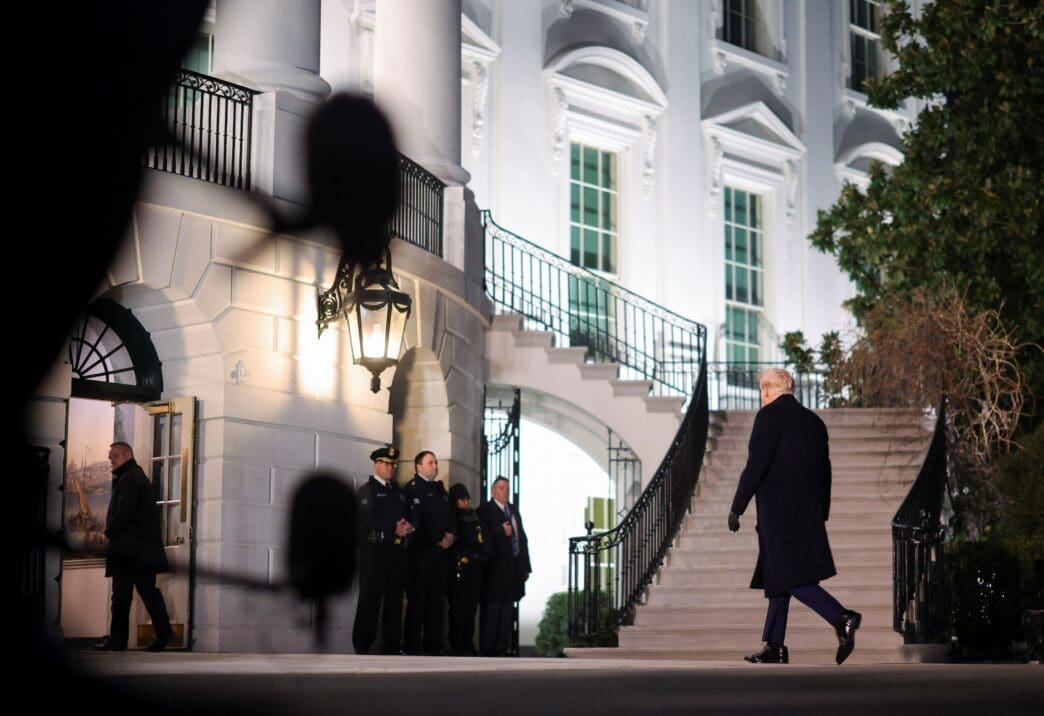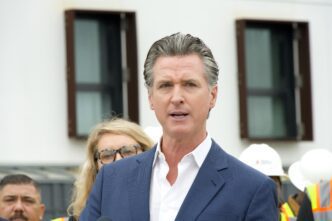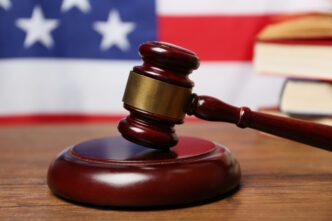The White House has introduced a new media policy that significantly restricts access to President Donald Trump by global news agencies. This initiative follows a courtroom defeat concerning The Associated Press’ (AP) access to the presidency. The administration aims to exercise tighter control over the coverage of its activities, impacting wire services that serve millions of readers worldwide. This policy change comes in the wake of a federal judge’s ruling that the White House had violated the AP’s free speech rights by banning it due to a disagreement over naming the Gulf of Mexico.
The new “pool coverage” policy, applicable to locations like the Oval Office and Air Force One, places the decision-making power over media access into the hands of Press Secretary Karoline Leavitt. Despite requests for comment, the White House has remained silent on the matter. Previously, a judge ordered the administration to treat the AP like other news organizations after it blocked AP reporters from covering events due to a naming dispute.
Amidst ongoing defiance of court orders, the White House leaked a revised media policy to select journalists. Traditionally, the White House Correspondents Association managed the pool for limited-space events, including reporters from AP, Reuters, and Bloomberg. However, the new policy merges these wire services with print reporters for only two available slots, significantly reducing their presence. Although the policy states that reporters will be admitted regardless of their outlet’s viewpoint, the discretion ultimately lies with the press secretary.
In response, the AP expressed deep disappointment, emphasizing the essential role wire services play in serving thousands of news organizations across the United States and globally. The association criticized the administration for disregarding the core American value of freedom of speech, free from government control or retaliation.
The independent White House Correspondents’ Association condemned the administration’s insistence on controlling media access, highlighting concerns over viewpoint discrimination. Eugene Daniels, the association’s president, emphasized the necessity of independent media coverage.
Under Karoline Leavitt’s administration, media outlets favorable to Trump have reportedly received greater access, as observed during a recent briefing where a journalist supportive of Trump’s policies was given priority. Despite occasional tensions, President Trump has been more accessible to the media than his predecessor, Joe Biden, often engaging in cramped-quarters events.
The new policy, however, does not address photographer access. During court hearings, AP’s chief White House photographer testified about the negative impact the ban has had on the agency’s operations. The ongoing legal dispute began due to the AP’s refusal to comply with an executive order to rename the Gulf of Mexico, maintaining its editorial independence.
The White House maintains that press access to the president is a privilege, not a right, arguing for control over such access akin to managing Trump’s one-on-one interviews. Despite the court ruling, the administration suggested that the AP should not expect unfettered access moving forward, citing no constitutional requirement for previously favored status. The decision is currently being appealed, with further court proceedings anticipated.
The Bottom Line
The introduction of a new media policy by the White House has ignited significant debate over the balance between government control and media freedom. This development impacts the global flow of information, potentially altering how news reaches audiences across the world. The revised policy could lead to reduced transparency and limited diverse perspectives in media coverage, affecting public understanding of critical issues.
For consumers and media outlets alike, this shift underscores the importance of advocating for press freedom as a cornerstone of democracy. It raises concerns about potential biases and the concentration of media access, which could influence the diversity of viewpoints available to the public. As the legal battles continue, the outcome could set precedents for future interactions between the government and the media, shaping the landscape of journalism and public discourse.








